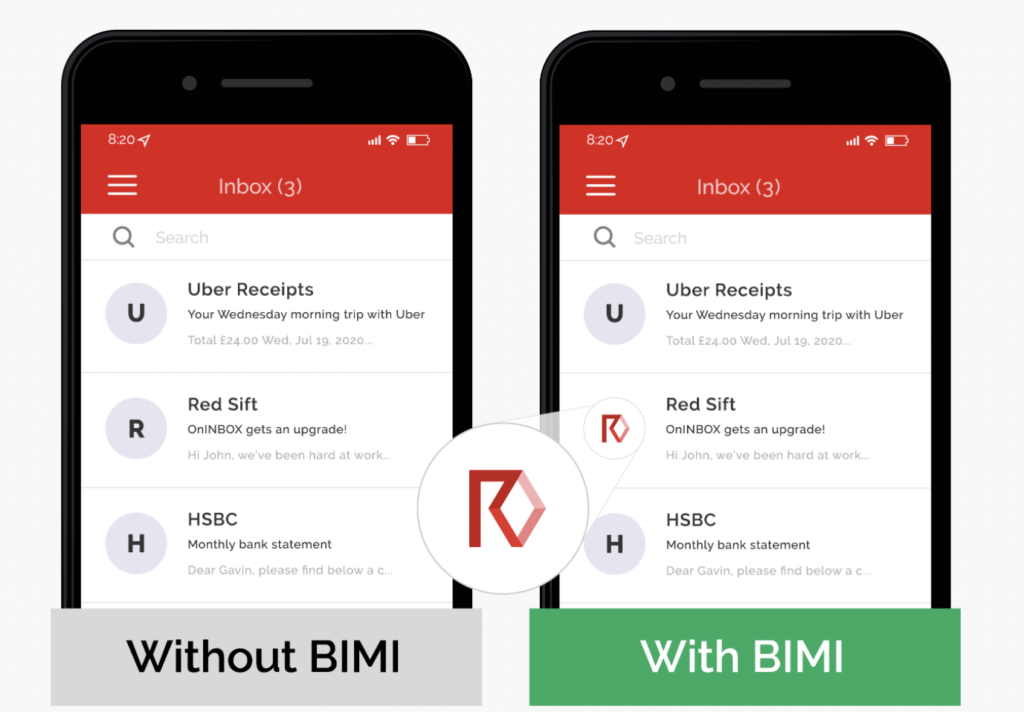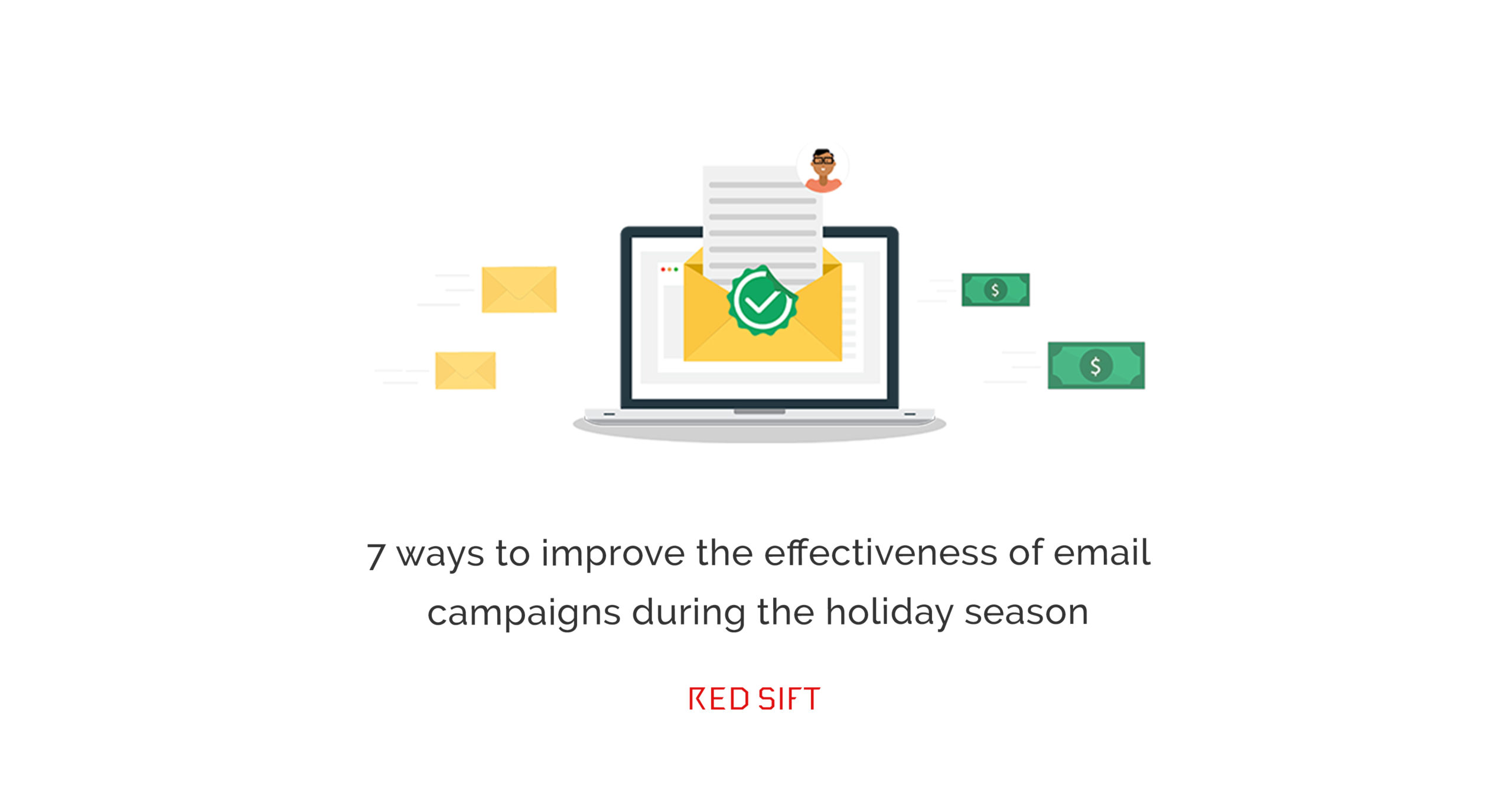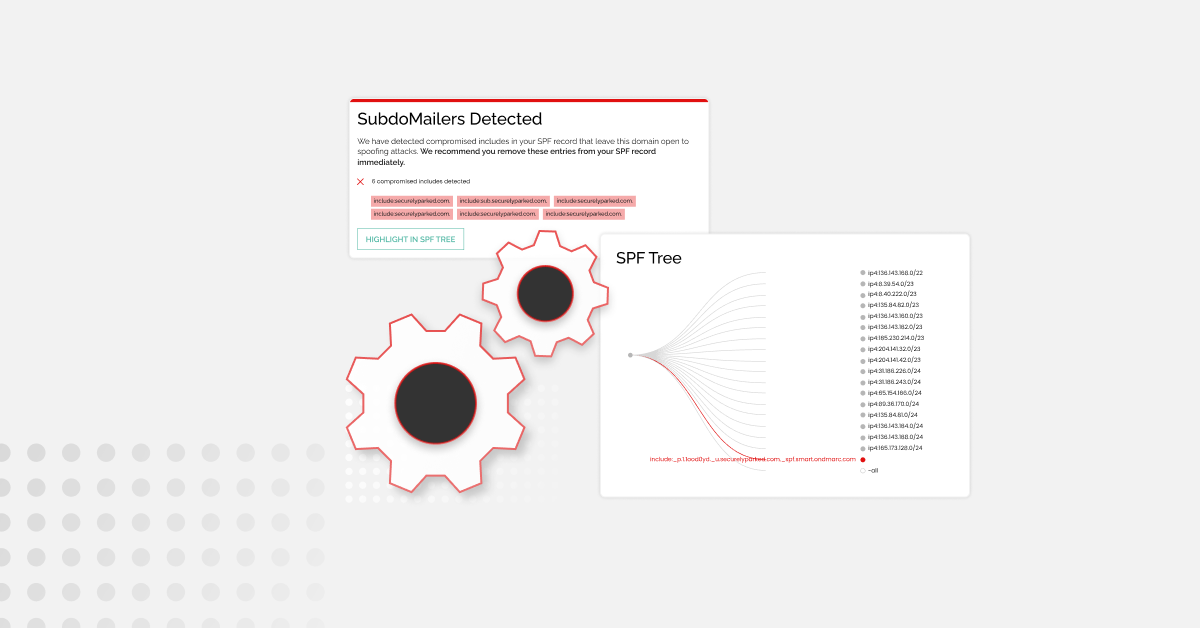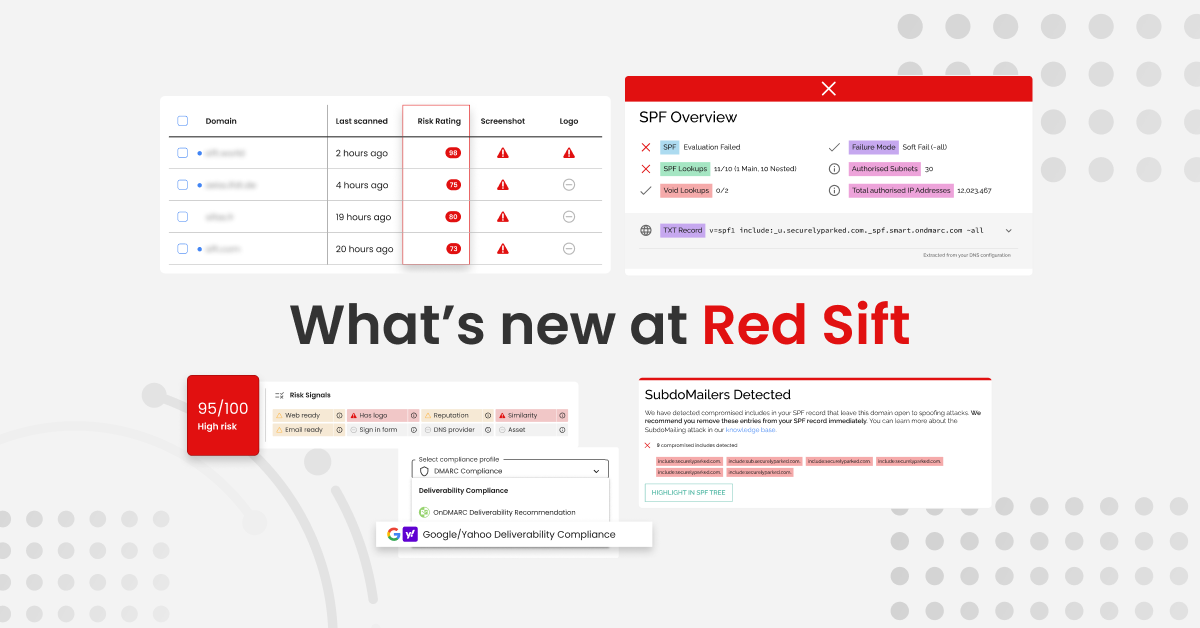2021 holiday season is creeping up, and October through December is one of the busiest times for retailers worldwide. At this time of year, more emails are being sent, more websites are being visited, and more products and services are being bought. So, it’s no wonder email accounts for 20% of all online holiday site visits.
In 2017, Campaign Monitor found that 222.5 million emails were sent over Black Friday and Cyber Monday combined. A further 95 million were pushed out over Thanksgiving. And this was before the world was turned upside down by the COVID-19 pandemic, which prompted a historical surge in online shopping.
Now, email is more important than ever for both online businesses and brick and mortar stores, and it’s not surprising that 80% of retail professionals consider email marketing to be the greatest driver of customer retention. But with the average global email open rate at 18%, and click-throughs at just 2.6%, how can marketers squeeze the maximum ROI from their email marketing campaigns at this crucial time of year for retail sales?
1. Make sure your emails are getting into the inbox
Email marketing is a no-brainer. It’s a channel that lets you access your customers directly on a global level, push specific campaigns to specific accounts, and easily track and attribute your success. But with so many businesses using consumer inboxes as free advertising space, the margins for successful delivery have tightened over time.
So, what’s the first step to email-sending success? Landing in the inbox. It sounds simple, but to do this you need to have 3 protocols in place: SPF, DKIM, and DMARC.
SPF stands for Sender Policy Framework and is essentially a list of email senders authorized to send emails using your domain. DKIM – or DomainKeys Identified Mail – acts as a digital signature, confirming the email hasn’t been tampered with. DMARC (Domain-Based Authentication, Reporting, and Conformance) works using both of these to stop bad actors impersonating your domain (and brand).
We get into the weeds of how DMARC works here, but in short, it improves email deliverability because by implementing it correctly, you’re telling recipient inboxes that all mail coming from your domain is legitimate. As a result, deliverability shoots up, inbox placement is often improved, there are more eyes on your emails, and better ROI (Return on Investment) coming from your campaigns.

2. Stand out and get your brand recognized
The inbox is a battleground at any time of year, with businesses of all shapes, sizes, and creeds pinging into the inbox and racking messages up by the minute. But during the holiday season, the intensity amplifies.
BIMI (Brand Indicators for Message Identification) is a new standard that allows businesses to attach their verified logos to DMARC authenticated emails. This means that in the sea of neverending plain email avatars, your logo stands out.
BIMI might seem simple, but it does the trick. We found that showing a logo increases email opens by as much as 38%, and brand recall by 120%. It’s also been proven to boost buying behavior. We found that including a verified logo in an email increased sales share for a non-leading brand by 32%, and amazingly this shot up to 38% for a made-up brand with no existing reputation.

3. Give your customers every reason to trust your emails are legitimate
Correct DMARC implementation (a policy of p=reject) is a necessary measure for email deliverability and security. But now that we have BIMI, there’s even more reason for businesses – especially retailers – to get on board.
Trust carries a lot of weight with consumers. Edelman found that 81% of people need to be able to trust the brands they buy from, and PWC found that 35% of people consider trust in a brand the most motivating factor to shop at a particular retailer.
So how can retail marketers cultivate trust in their emails? 75% of people believe an important factor in building trust in an email is if it comes from a domain matching the company’s website. But without full DMARC configuration, that ‘legitimate’ email address could be anyone impersonating that brand. If customers can see a verified logo attached to the email using BIMI, then DMARC is assured, and only then can the recipient trust that the email is authentic.
And showing a logo does increase consumer trust in emails. We found that 84% of people in the US agreed or strongly agreed that a registered logo in an email would increase their confidence in that email, and this rose to 90% in the UK.

4. Tell your customers a story
Getting your email content right can also make or break your campaign success. Nobody likes to be talked at, so when it comes to the content of your email there are a few areas to consider. One of the best approaches proven time and again is storytelling. You’re competing with virtually every other business out there, some offering the same thing you do, so do your campaign a favor and tell a compelling story.
- Engage your audience with the problem or issue you know they’re facing
- Explain how your offering addresses it (with a heavy focus on benefits over features)
- Give them a clear call to action so that they can benefit from your help.
Personalized emails perform better too. You can do this by adding a first name tag into the body of your text and your subject line to grab their attention in the inbox.
Finally, too many images, links, and trigger words could send your email into the spam folder. To avoid this, you can use a free tool like Glock Apps to test your email campaign before sending it.
5. Keep your lists up-to-date, relevant, and segmented
Quality vs quantity is a real thing when it comes to your email data. With the holiday season fast approaching you might be tempted to buy lists to bulk out your audience. But what makes you think that sending emails to a customer who hasn’t shown an interest in your offering or signed up to hear from you is going to warrant significant results?
Poor engagement rates can also affect your sender reputation, meaning big headaches for the success of your email campaigns in the long run. Email deliverability expert Yanna-Torry Aspraki gives more expert advice on how marketers can effectively grow email lists here. But, in short, you should be building your recipient lists as organically as possible.
The best results are yielded when marketers segment their lists and target recipients with relevant offerings. Mailchimp found that segmented emails get 14.3% more opens, and an eye-watering 100.95% more clicks. People love personalization, and taking a targeted approach over a spray and pray strategy is recommended.
6. Give your audience a warm welcome
Automated welcome emails are a quick win for marketers looking to boost email campaign success. On average, 320% more revenue is attributed to them on a per-email basis than other types of promotional emails.
So whether it’s a new customer, a newsletter sign-up, or a content-generated lead, there’s a lot to be gained from going the extra mile and setting up an automated email nurture to make them feel special. Again it goes back to building relationships and rapport within your base.
7. Make your emails mobile-friendly
Probably not something we should have to remind businesses of in 2021, but it’s surprising how many forget to do this. Almost 62% of customers check their emails on mobile devices, and so it’s important that you’re thinking about how your emails will display on a smaller screen, to save your design efforts from going to waste.
What’s the first step to take?
We hope we’ve covered the key ways to deliver effective email marketing campaigns this holiday season. While there are 100 different ways to squeeze more ROI from your email marketing, the first place to start is to make sure you have DMARC set up correctly to protect your brand and boost your deliverability. Then, you’ll be able to reap the benefits like BIMI too.
Why not start by checking whether your domain is DMARC and BIMI ready today?







